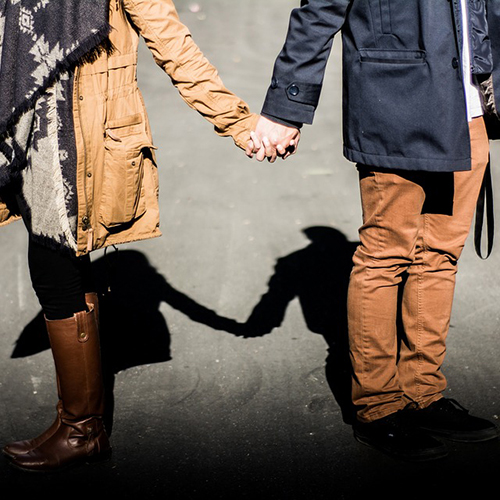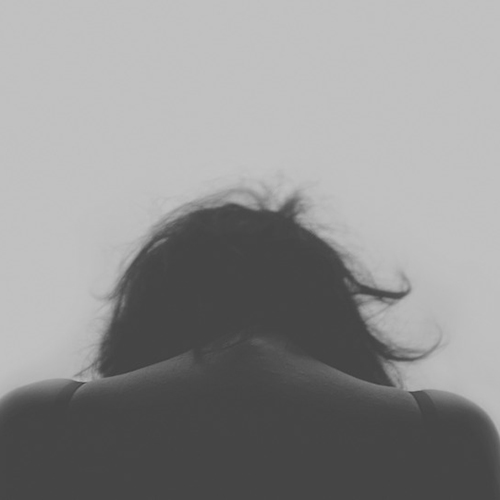All school-age children deal with some bullying, but every year a high proportion of LGBT youth report harassment and assault by their peers, at school and at home. Being picked on is part of growing up, but the situation can easily become so severe that children start to avoid school, develop anxiety, harm themselves, or run away.
It’s the responsibility of adults everywhere to help create a safe environment for children, particularly ones who are at a greater risk of being bullied for their differences. Differences that they are entitled to, just like everybody else.

School Bullying and Safety
When a student feels targeted and unsafe at school, their grades, attendance, and self-esteem can all drop dramatically. It is important not only to support these children and make them feel safe, but to create an environment throughout the school that is intolerant of bullying and harassment.
This can be done in a handful of ways:
– Organize a “Gay-Straight Alliance” program, a club where students can openly support and interact with one another to develop bonds that carry over into daily activities
– Enforce strict policies about bullying that deter students from harassing each other, and require adults to take action when they suspect harassment is taking place
– Include acceptance-focused lessons in teaching curriculum, the same way that sex education is worked in – both lessons are of equal importance for young children
An Accepting Home Environment
Safety and comfort at home is just as, or perhaps more, important to a child’s well-being as it is at school. Children who don’t feel comfortable at home are more likely to be closed off and to participate in avoidant and self-destructive behaviors.
But this can be prevented by creating a warm, open environment:
– Even if you feel it goes without saying, remind your child that they can tell you absolutely anything, and that you will be there to help them with their troubles
– Encourage their interests and ask questions about them, particularly if you feel you don’t understand them – you might only need to learn more about it to feel supportive
– Ensure that neighbors and friends in the area are also being supportive, and ask your child about it if you feel that is not the case
Recognize Signs of Distress
Children don’t always come forward with their problems. Whether they think you won’t understand, or are scared of what might happen if they tell, it’s the job of the adults in their lives to recognize when they are in trouble and find ways to help them.
Keep an eye out for the following signs of change in a child’s behavior, it could mean that they are dealing with bullying or harassment from their peers:
– Being unusually quiet or withdrawn
– Being unusually aggressive or reactive
– Reduced self-esteem or self-confidence
– Injuries or damaged belongings that they don’t want to talk about
– Frequently wanting to miss school or other activities
– Unusual eating habits – not eating or eating more than usual
– Unusual sleeping habits or a reduction in activity
– Unusual levels of stress or fear relating to daily activities
Any of these signs could be the direct result of bullying, or the effects of depression, anxiety, or other issues developing as a result of bullying. It’s important to determine the cause of these changes by either talking to the child directly, or if they won’t talk about it, talking to the child’s teachers, friends and peers.
Bullying and harassment can cause lasting issues throughout life, and children of the LGBT community deal with it even more regularly than most. But we all have qualities that make us “different” and all deserve to be treated with respect and consideration regardless.
If you suspect your child or another child you know is dealing with bullying at home or at school, contact us immediately so that we can help you to help them. Even if bullying occurred in the past, the effects can still be managed and reduced. It’s never too late to receive the love and support you need.

 Get Help for Grief and Loss
Get Help for Grief and Loss